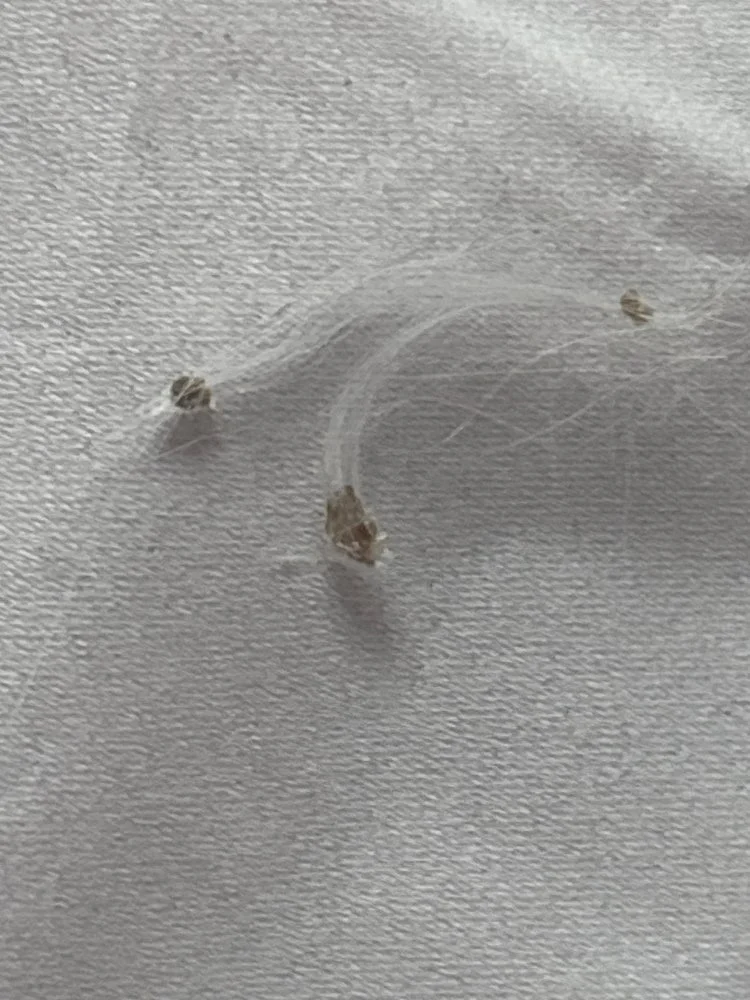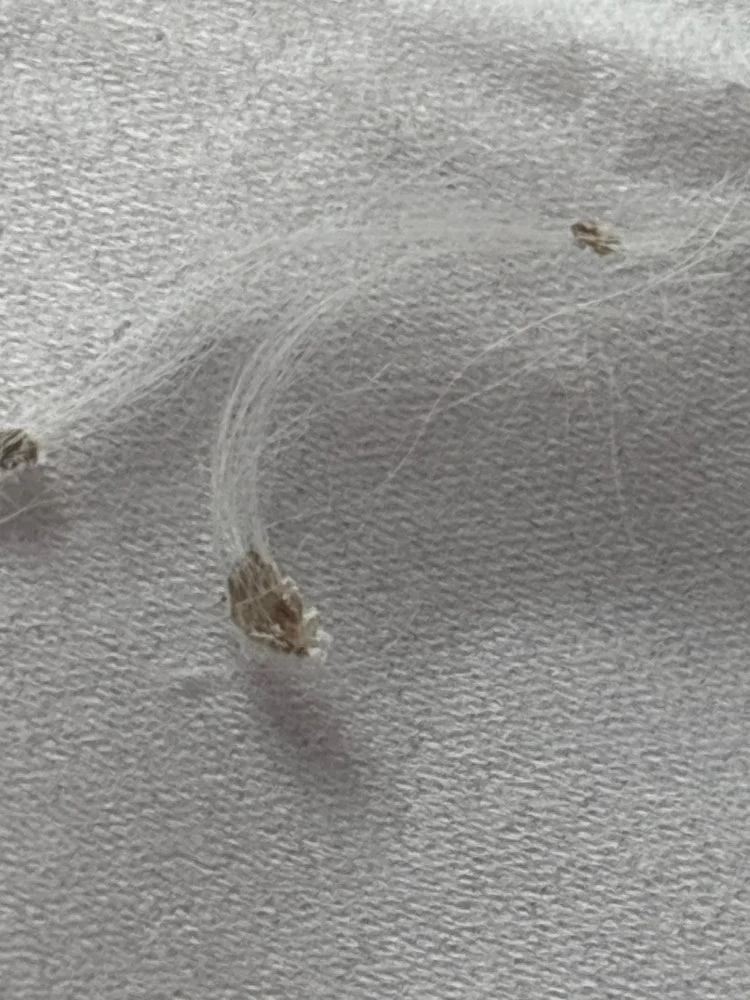Q
2025-04-03 17:57:24Ticks on my dog?
Are these ticks? There are dozens of them all over my dog's body...


A
Dr.s DiagnosisBased on the images, it does appear your dog has ticks. Here's a breakdown of what you should do:
1. Confirmation: Ticks are small, parasitic arachnids that attach to the skin and feed on blood. They vary in size (from a pinhead to a small pea when engorged), and color (brown, black, or reddish-brown). Your images are consistent with this description.
2. Immediate Removal:
* Use fine-tipped tweezers. Grasp the tick as close to the skin's surface as possible.
* Pull upward with steady, even pressure. Avoid twisting or jerking, which can cause the tick's mouthparts to break off and remain in the skin.
* After removing the tick, clean the bite area and your hands thoroughly with rubbing alcohol, iodine, or soap and water.
* Dispose of the tick by placing it in a sealed bag, wrapping it tightly in tape, or flushing it down the toilet.
3. Check for Symptoms: Ticks can transmit diseases. Monitor your dog for:
* Lethargy
* Loss of appetite
* Fever
* Joint pain or stiffness
* Swelling around the bite site
* If you notice any of these symptoms, consult a veterinarian immediately.
4. Preventative Measures:
* Use veterinarian-recommended tick prevention products (topical, oral, or collars).
* Check your dog regularly for ticks, especially after spending time outdoors.
* Maintain your yard by mowing the lawn and clearing brush.
Examples of tick-borne diseases in dogs include Lyme disease, ehrlichiosis, and anaplasmosis. Quick action is crucial for your dog's well-being.